| |
Family (Alpha): | |
| View | Acrididae Members:
| NC Records |
|---|
Melanoplus deceptus Morse, 1904 - Deceptive Melanoplus |
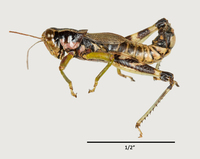 |
|
|
|
|
|
Image Gallery for Melanoplus deceptus - Deceptive Melanoplus
|
 | Recorded by: Stephen Hall
Macon Co.
Comment: Male; dissected |  | Recorded by: Stephen Hall
Macon Co.
Comment: Male |
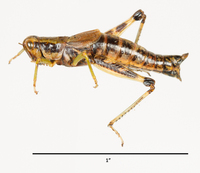 | Recorded by: Stephen Hall
Macon Co.
Comment: Female | 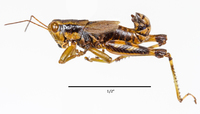 | Recorded by: F. Sherman
Buncombe Co.
Comment: |
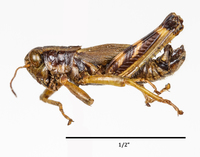 | Recorded by: F. Sherman
Macon Co.
Comment: |
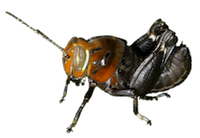
 »
»
 »
»